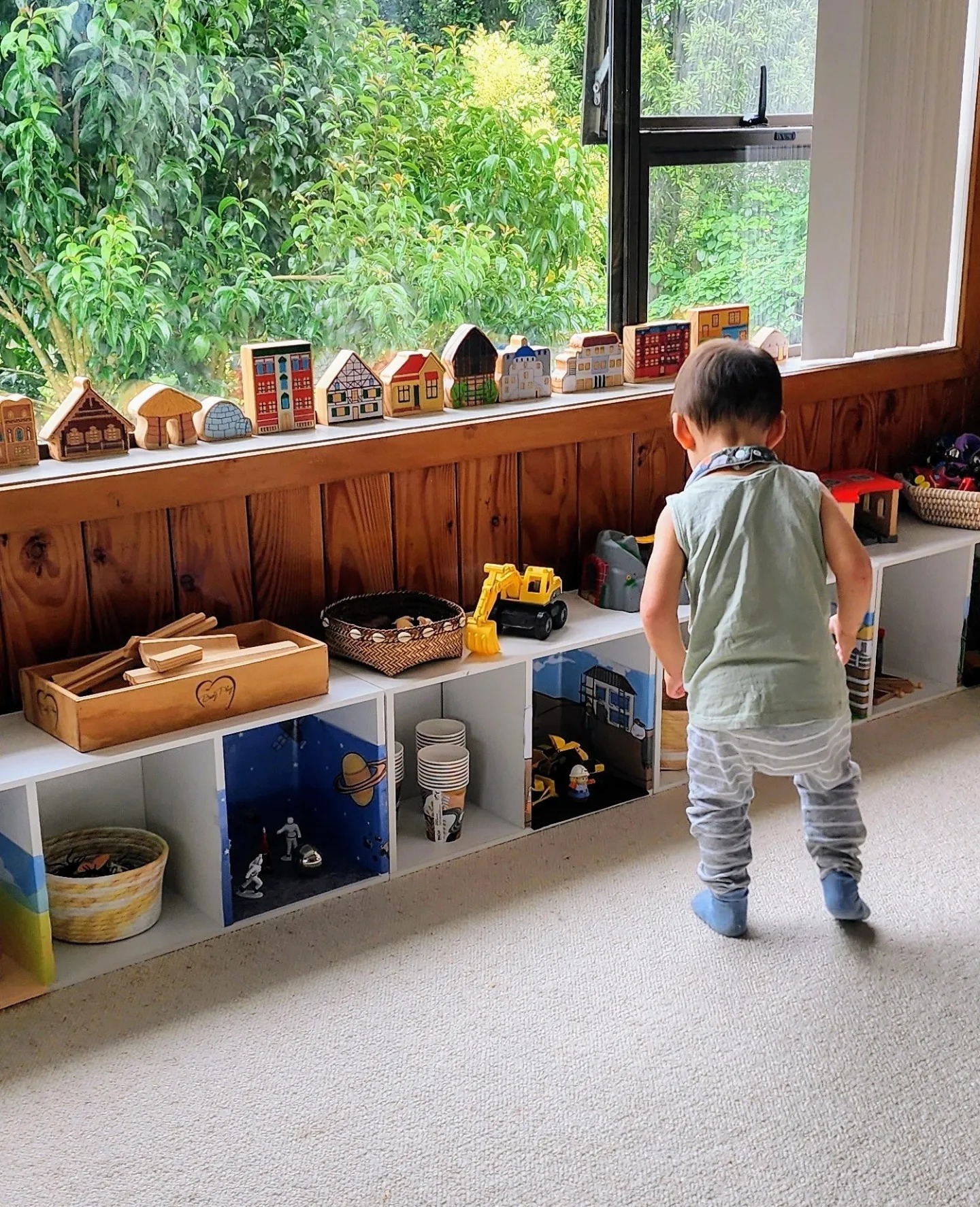In Aotearoa New Zealand, the humble home has increasingly become a vital space for early childhood education. Home-based childcare (HBC) offers unique advantages: intimacy, flexibility, and cultural responsiveness. Yet behind these benefits lie challenges—regulatory complexity, quality concerns, workforce vulnerabilities, and issues of access. In this blog, we explore the latest research on home-based childcare in NZ, drawing from multiple academic studies to unpack its promise, problems, and path forward.
The Policy Push: How Government Shapes the Sector
Over the past two decades, New Zealand has rolled out significant reforms in the early childhood sector. One major shift occurred in 2005 when co-ordinators of home-based networks were required to hold early childhood teaching qualifications. This move aimed to professionalize the sector and improve the quality of care. Co-ordinators became central figures, helping educators understand and implement Te Whāriki, the national early childhood curriculum. Their influence on children’s learning outcomes is well-documented (Hooker & Bleaken, 2011).
Still, not all reforms have been easy to digest. While well-intentioned, some regulations have introduced compliance burdens that smaller providers struggle to meet, especially in rural regions.
Funding and Market Forces: The Quiet Drivers
Funding is a double-edged sword. Government subsidies are essential for making care affordable, but the uneven structure of funding has fostered the growth of large for-profit providers, sometimes at the expense of community-based services (Gallagher, 2017).
The cost of inaccessibility is high. A 2022 study estimated that mothers of young children who couldn’t find childcare lost over NZD $116 million in wages per year, highlighting how critical HBC is for economic participation (Benison & Sin, 2022).
Quality Matters: What Children Actually Get
One question looms large: is home-based care as effective as centre-based care?
While centre-based programs may offer more structured learning, home-based settings have distinct advantages—small group sizes, stable caregiver relationships, and the comfort of a familiar environment. These factors support emotional and social development, especially in under-2s (Smith, 2015). The key determinant across both settings is not the venue, but the qualifications, training, and support received by educators.
Cultural Responsiveness: A Space for Identity
For Māori and Pasifika families, home-based care often feels like a better cultural fit. Studies show that caregivers who share the same language and values can support children’s identity and connection to culture (Layland & Smith, 2015). Relationship-based care—whanaungatanga—is a cornerstone of this approach.
Educators on the Edge: Burnout, Isolation, and Hope
Home-based educators—mostly women—work in relative isolation, often without the collegiality or structure of a centre. When supported by skilled co-ordinators and professional development, they thrive. But without support, they face burnout, limited income, and few growth pathways (Hooker et al., 2008).
Barriers to Entry: Especially for Rural and Marginalized Areas
Many potential providers are discouraged by regulatory red tape, lack of mentoring, and limited networking opportunities. These challenges are amplified in rural regions where professional support is sparse (Hooker et al., 2007).
The Parent’s Perspective: Why They Choose Home-Based Care
Parents are drawn to home-based care for reasons beyond convenience. It offers flexibility, smaller group sizes, individualized attention, and often stronger trust in the caregiver. For working parents with irregular hours or multiple jobs, it’s often the only viable option (Smith, 2015).
COVID-19 and Digital Disruption: A Sector Under Pressure
During the pandemic, home-based services were more adaptable than larger centres. But the sector faced enormous pressure: educators navigated health risks and a lack of formal pandemic protocols. Post-COVID, tech platforms like Mycare have offered new ways to match carers with families—but they’ve also raised questions about worker protections and digital equity (Vonk & Salter, 2024).
Final Thoughts: What Now?
Home-based childcare in New Zealand is both a lifeline and a lightning rod. It provides intimate, flexible care that works for many families—but it must be backed by thoughtful policy, adequate funding, and strong professional support for educators. With smart investment and inclusive reform, the front door of a caregiver’s home can open into a space of quality learning, cultural richness, and professional dignity.
References:
- Benison, T., & Sin, I. (2022). The wage cost of a lack of access to affordable childcare in Aotearoa New Zealand. New Zealand Economic Papers, 58, 40 – 73.
- Gallagher, A. (2017). Growing pains? Change in the New Zealand childcare market 2006-2016. New Zealand Geographer, 73, 15-24. https://doi.org/10.1111/NZG.12147.
- Hooker, T., Bleaken, F., Biggar, S., & Peters, S. (2007). Training on the job: How do home-based co-ordinators support carers.
- Hooker, T., & Bleaken, F. (2011). Training on the job: How do home-based co-ordinators support educators to notice, recognise and respond to children’s learning.
- Layland, J., & Smith, A. (2015). Quality in Home-Based Child Care for Under-Two-Year Old Children in Aotearoa New Zealand: Conceptualising Quality from Stakeholder Perspectives. New Zealand Journal of Educational Studies, 50, 269-284.
- Peters, S., Hooker, T., Biggar, S., & Bleaken, F. (2008). How do home-based co-ordinators support educators to notice, recognise and respond to children’s learning?. , 12, 41.
- Smith, A. (2015). Can Home-Based Care Offer High Quality Early Childhood Education?. New Zealand Journal of Educational Studies, 50, 71 – 85. https://doi.org/10.1007/s40841-015-0009-9.
- Vonk, L., & Salter, L. (2024). Things not quite going to plan: The actually existing platformization of the home care sector in Aotearoa New Zealand. Platforms & Society.

